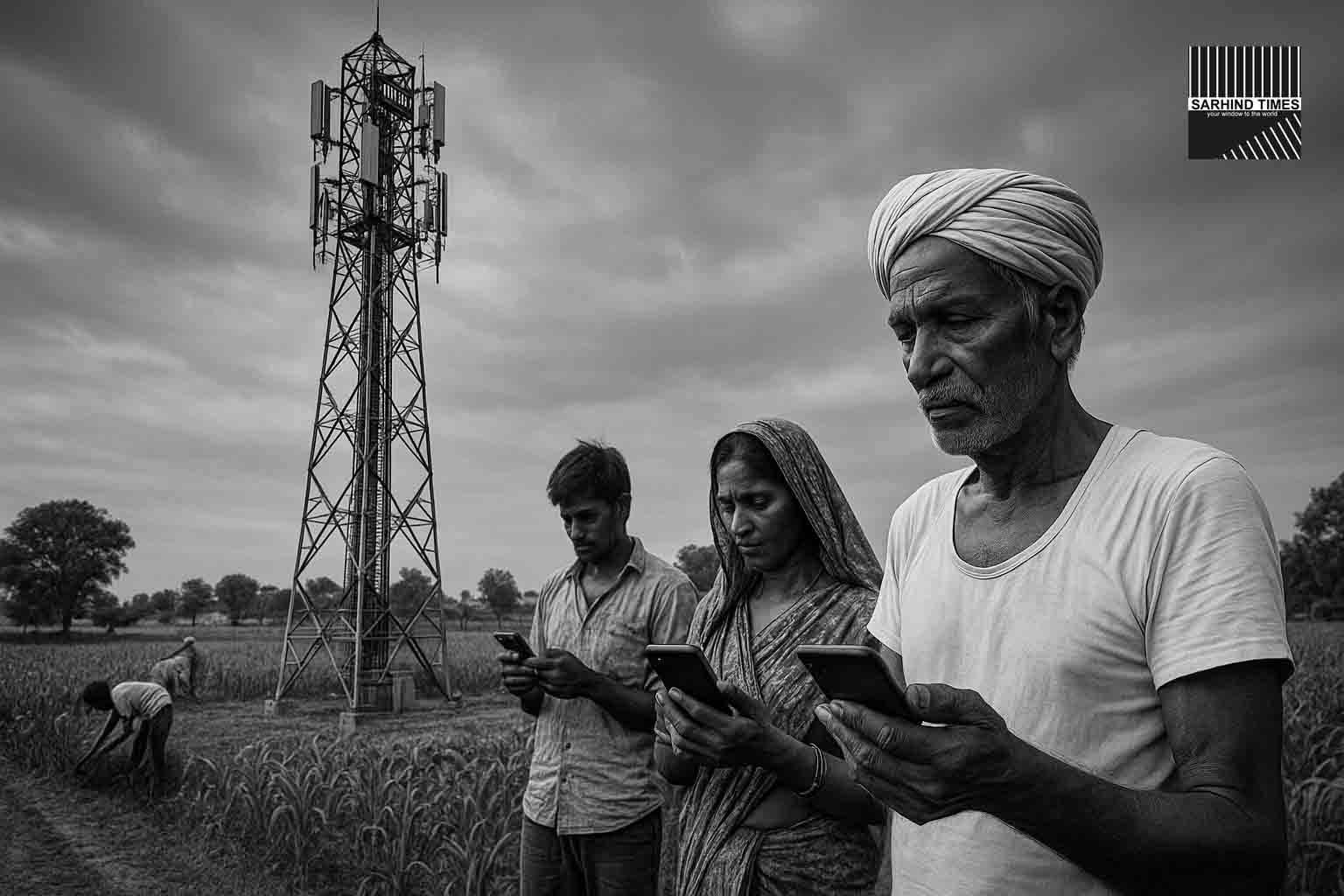India’s state-owned telecom giant, Bharat Sanchar Nigam Limited (BSNL), has officially launched its long-awaited indigenous 4G network. The rollout, covering close to 98,000 sites nationwide, is being hailed as a milestone for Atmanirbhar Bharat and digital sovereignty. Prime Minister Narendra Modi inaugurated the launch, underscoring its strategic and symbolic importance at a time when global supply chains remain under pressure and private telecom operators dominate the market with 5G services.
The move positions BSNL as not just a service provider but also a national technology project, showcasing the ability of Indian vendors and public sector enterprises to deliver a home-grown telecom stack—core, radio access network (RAN), and ecosystem.
Why BSNL’s 4G Rollout Matters
The rollout is significant for several reasons:
- Indigenous Technology:
- The core and RAN are developed by Indian vendors and state-backed research institutions.
- It reduces dependency on foreign suppliers, especially amid security concerns over Chinese telecom gear.
- Scale of Deployment:
- Nearly 98,000 sites and 97,500 towers commissioned.
- One of the largest single-phase rollouts in India’s telecom history.
- Strategic Autonomy:
- Enhances India’s ability to secure its telecom backbone against geopolitical risks.
- Fits into India’s larger Digital India and Atmanirbhar Bharat vision.
The Prime Minister’s Role
At the inauguration, Prime Minister Modi emphasized the broader vision:
“BSNL’s Swadeshi 4G is not just about connectivity—it is about self-reliance, confidence, and sovereignty. This is India’s answer to global supply chain vulnerabilities.”
The PM framed the launch as part of a larger national mission to ensure inclusive digital growth, reaching rural and remote India while safeguarding critical infrastructure.
Technical Backbone of ‘Swadeshi’ 4G
BSNL’s indigenous 4G stack comprises:
- Core Network: Developed by C-DOT (Centre for Development of Telematics).
- RAN Equipment: Produced by Indian vendors, with Tejas Networks playing a key role.
- Systems Integration: ITI Limited and other public sector partners ensured deployment.
- Testing & Security: Rigorous domestic validation to prevent backdoor vulnerabilities.
The 4G core is also designed to be 5G-ready, enabling Non-Standalone (NSA) upgrades without overhauling infrastructure.
BSNL’s Market Position
For years, BSNL has struggled to compete with private giants Reliance Jio, Bharti Airtel, and Vodafone Idea. Challenges included:
- Outdated 3G infrastructure.
- Delayed spectrum allocations.
- Mounting financial losses.
The 4G rollout is critical for BSNL to:
- Retain its base of prepaid users in small towns and rural areas.
- Re-enter the competition with modern voice and data services.
- Lay the foundation for an eventual 5G rollout on indigenous infrastructure.
Rural and Semi-Urban Focus
BSNL’s strength lies in its reach:
- Nearly 70% of rural India relies on BSNL for basic connectivity.
- The rollout ensures that villages, hilly terrains, and border areas get reliable 4G.
- This is vital for e-governance, online education, digital health, and fintech inclusion.
Analysts’ Take
Telecom analysts are cautiously optimistic:
- Positive Outlook: Indigenous stack aligns with long-term sovereignty goals.
- Concerns: Questions remain about quality of service (QoS), device compatibility, and speed of deployment.
- Market Impact: BSNL may regain users in the prepaid segment but faces uphill competition in urban 4G/5G markets.
One industry expert observed:
“If BSNL delivers consistent speeds and reliability, it could transform the digital landscape of rural India. But execution will decide its success.”
Spectrum and Future 5G Plans
BSNL plans to:
- Refarm spectrum from 2G/3G bands for 4G services.
- Prepare the indigenous core for NSA 5G upgrades.
- Explore partnerships for Open RAN solutions to expand cost-effectively.
The vision is to leapfrog into affordable 5G for rural India, powered by a sovereign stack.
Challenges Ahead
- Quality of Service: Competing with Jio and Airtel requires low latency and high reliability.
- Device Ecosystem: Compatibility with a wide range of smartphones must be ensured.
- Financial Strain: BSNL’s legacy debt remains a concern despite government bailouts.
- Customer Trust: After years of patchy service, winning back subscribers won’t be easy.
Symbolism of ‘Swadeshi’
The rollout is being framed as a national pride moment—proof that India can design, build, and deploy world-class telecom infrastructure without relying on foreign giants.
It also aligns with global trends of digital sovereignty, where nations are rethinking dependency on imported technology for critical infrastructure.
Public Reactions
- Rural Users: Hopeful that BSNL’s 4G will finally bring stable internet for education and healthcare.
- Urban Users: Skeptical, given past service lapses.
- Tech Community: Celebrating indigenous innovation but urging rigorous benchmarking.
Conclusion
BSNL’s Swadeshi 4G rollout is more than a telecom story—it is about sovereignty, resilience, and bridging the digital divide.
For India’s 1.4 billion people, especially those in rural and underserved areas, this could be a turning point in how connectivity drives empowerment. For the government, it’s a flagship example of Atmanirbhar Bharat in action.
The coming months will determine whether BSNL’s indigenous 4G can not only restore its relevance but also set the stage for India’s sovereign 5G journey.
#BSNL4G #MadeInIndia #Telecom #DigitalIndia #AtmanirbharBharat #Connectivity #SarhindTimes






















+ There are no comments
Add yours